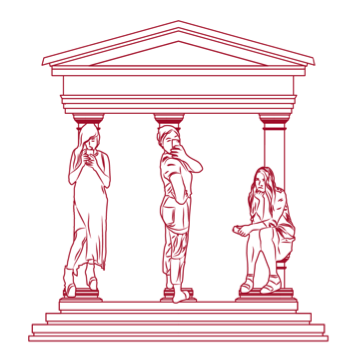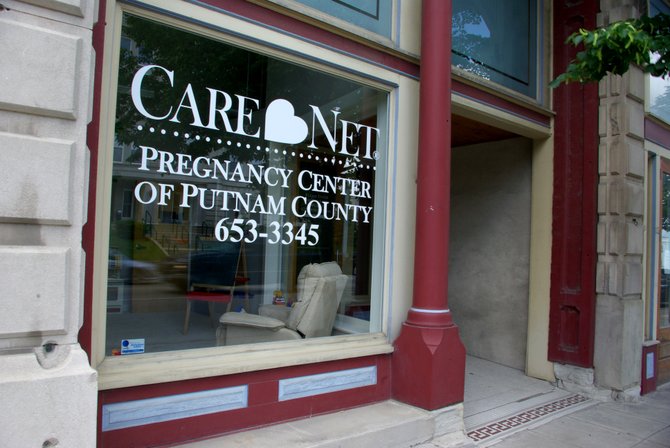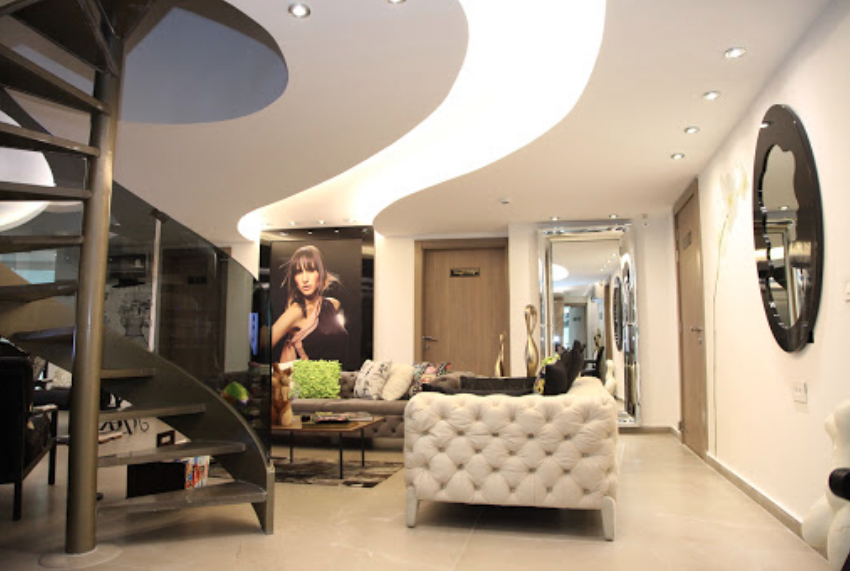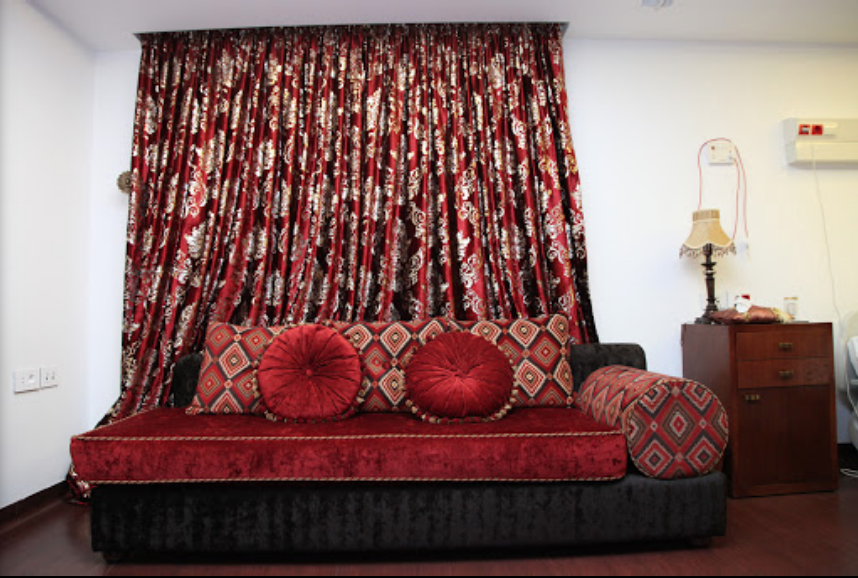The Birth of the Clinic
An outro by your guest editors, feminist architecture collaborative. Architecture is a bodily concern. As researchers, we aim to see the particular contours and positions that gender environments, experiences, and the physical sites of the body-object and bodied subject. These designed operations find expression across scales: We’ve traced the construction of virginity from the global operation of the international hymen market to the artifact of the prosthetic hymen device and all the social-sexual-evidentiary performances the artificial membrane is meant to enact. At an overtly architectural scale, the contemporary clinic constitutes a space that collapses bodily desire and power over biology, where we can redesign ourselves as a matter of aspiration or prescription. Our project aims at the former, desiring mode, uniting the practices for re-making body with its discrete spaces of production. But the clinic has historically served as a site of control and invention for the body’s proper condition, where women have been observed and treated as unruly or unfit subjects and where their ailing conditions are named, if not corrected. Clinical forms of control have since mutated into a much more complex coordination of influences and fantasies for bodily futures; we must examine more closely the space which mediates between power and desire.
Foucault, of course, has examined these sites of biopolitical scrutiny. His genealogy of medical knowledge in the figure of the clinique revealed an architecture for medical attention but also study, where knowledge of the body—and its many classified states—was produced. The clinic occasioned the “space where bodies and eyes meet,” and where the conversion from perceptible to articulable pain could then occur. [2] With a trained medical gaze, men diagnosed female maladies. Foucault never developed the text he intended to write on women in this spatial-discursive context, though Jana Sawicki notes in her theoretical encounter with Foucault that The History of Sexuality was planned to include a section on the concurrent sexualization and pathologization of women's bodies. [3] Despite his abandonment, later feminist negotiations with these gendered biopolitics grappled with the specific and procreative possibilities of the female biology as a condition apprehended by biopower. Even beyond the reproductive prospects for the female patient (or penitent), her medical fitness was coextensive with her docility. [4]
The medical institution and the architectural sites where its practices are offered, performed, and/or enforced have long been the grounds for the moral reformation of women and the treatment of their designated hysterias. Coinciding with the 18th and 19th century codification of the hospital by communicable disease (as in the Tubercularium), sealed environs hid women and pathologized them as a project of exclusion from a healthy social body. Concealing the “procedures” for “reform” within the “hospital” only emphasized the ways that being-a-woman necessitated specialist intervention.
To be clear:
it is not a medical problem to be paid for sex,
"frigidity,” likewise, is not a failure of female desire to be corrected by Freudian psychoanalysis, a therapy women often received to repair productive marital relationships in 20th century psychopathology,
and a pregnancy—unplanned or undesired or otherwise—is not a condition to be treated at a “crisis pregnancy center.”
The coupling of treatment with ordering is social and institutional, and figures into a larger history of "rehabilitation." The particular conflation of the hospital and the penitentiary are best examined in the 18th century Magdalene institutions which, in their various permutations across Europe and North America, established homes for unwed mothers and asylums for prostitutes. The women of these institutions were named “mothers” whether or not they had birthed a child, which cast them in a moral schema wherein the mother is a subject of both religious and medical attention. In its early figuration in Ireland and England, the Magdalene asylum was organized as a laundry where women recuperating from sexual proclivities or abusive situations would perform work in exchange for refuge. New York's mid-19th century Magdalene Society developed a practice of “rescuing” women from taverns and brothels where they were committed to secure, moral restitution. [5]
In London’s Magdalen Hospital, the architecture of reformation reconfigured the typical arrangement of church benches where, instead of facing a cross behind a priest to access spiritual inspiration, sinners faced each other in the Magdalen’s central chapel to contemplate their sins and be shamed into proper behavior. The hospital, like Foucault’s teaching clinic, also operated as a didactic site. In place of (or in addition to) biblical instruction, the behavior of society women was taught to women of lower stations that the hospital ultimately served; forms of sociality were imposed and monitored by the Ladies’ Committee, a group of bourgeois Christian women that presided over the institution as figures who displayed all the signifiers of proper femininity. [6]
Femininity and its associated comforts have been metabolized by the medical interior into the 20th century. As post-war newlyweds boomed babies, waiting rooms separated new fathers from their wives giving birth in twilight sleep. Meanwhile, young nurses in demure, skirted uniforms attended to patients, professionalizing caregiving as female occupation and dressing it as such. Modern hospitals technologized alongside improvements to bedside surfaces, which became softer, more private, and more accommodating of leisure—moves that anticipate celebrity stays at Cedar-Sinai for exhaustion and hotel-like amenities for hospitals catering to medical tourism. Increasingly, the architecture of the contemporary clinic adopts the aesthetic of those spaces that crafted the saccharine image of women caregivers, a mystique that feminists of the 1960s and 70s attempted to disrupt. The presumed institutional anaesthetic of the hospital and prison hasn’t stabilized even in these closed quarters. [7] Rather, the modern hospital, modernized and corporatized in the latter half of the 20th century has seen increasing modulation by its interior designs. Parlors, vanities, mirrors, and chaise-lounges—familiar surfaces from which women made themselves amenable—now occupy the spaces of hospitals real and fraudulent, offering women pursuing “a reformed body” something new but persistent.
The special case of the crisis pregnancy center (CPC) cannot be considered a new phenomenon in light of the history abbreviated here, one that seemed to anticipate that extended moral debate over premarital sex and its consequences. Housing pro-life politics in the zone of practice, these centers are operated by and with religious organizations to discourage the medical termination of pregnancy, but they are designed to appear indistinguishable from a clinic that provides all options for reproductive care. In increasingly ambiguous spaces, these unlicensed centers assume the guise of medical practice and equip themselves with the aesthetic and functional objects (ultrasound devices, heartbeat monitors, wall-mounted doctor’s office pamphlet shelves for their ideological handouts) to appear clinical and, implicitly, objective. In some cases, nurseries adjoin these centers as a means of hands-on instruction for would-be parents. The coextension of such programs produce a domestic atmosphere which conjures the baby as a live reality and hints at the forms of support that may be available in the event that another arrives. More explicit moralizing directives seize on undecided women or women-without-options outside the clinic, in subway advertisements and billboards on rural highways that draw expectant individuals into interiors where they can be counseled into birth. A fetus, a body otherwise entirely out of view before the live image of the sonogram conjured it in a dark room, is a figure now naturalized in the media schema that decorates the street.
These efforts to advertise not just moral but convincing solutions for women in crisis have come under official scrutiny more recently, especially as CPCs proliferate medical misinformation in the public domain. But the same regulatory mechanisms are deployed as tactics against the operation of legitimate clinics where abortions are legally performed out of view. In both cases, the two clinical architectures are compelled to further outfit their facilities to adequately conform to the spatial-political expectations of their detractors. Procedures no less invasive than those performed at clinics offering medi-cosmetic treatments are subject to the spatial requirements of hospitals: hallway dimensions common to ambulatory surgical facilities have been required in women’s health clinics practicing non-surgical abortions, which are effectively forced out of operation by the architectural code of the TRAP law. The corresponding requirement of admitting privileges to nearby hospitals was found to place “undue burden” on women seeking abortions in states with already few sites to access them in the verdict of Whole Women’s Health vs. Hellerstedt issued by the Supreme Court in 2016. However, just two years prior to that decision, the Roberts Court unanimously denied another spatial provision outside the abortion clinic: a 35-foot buffer zone that shielded patients from protesters and “quiet counseling” by anti-choice activists. Justice Kagan expressed in the oral arguments that, free speech protections aside, she was confused by the dimension: “I guess I‘m a little bit hung up on why you need so much space,” she told the lawyer representing the State of Massachusetts, which had issued mandate.
Privacy, distinct from being cordoned off into asylum, is an urgent concern for women who would rather their personal decisions not be subject to political debate or other public examination. For similar reasons, spatialized discretion is a virtue shared by other medical venues. Even in the MENA capital for plastic surgery in Beirut, a city that indeed advertises its access to elective surgical procedures, where you can procure a Western nose and an Arab vagina (as the joke goes), women retreat into tailored interiors. On couches set around low tables, they wait alongside others seeking modification with Lebanese fashion television playing in place of conversation. Despite sharing the decorated space of the waiting room, something like a parlor or hotel lobby, there is no pressure to disclose their reasons for appearing in clinical space.
Cultural images of this interior abound in Nadine Labaki’s 2007 film Caramel which navigates a linked set of interiors occupied predominantly by women. Men, seen only in the exteriors of the protagonists’ private lives, become objects of conversation, anticipation, or disdain, or are otherwise completely absent. Spaces of their concealed becoming include the bedroom, the salon, a nondescript clinic in an undisclosed location in Beirut, a room in a motel sterilized with bleach, a bathroom stall where blood is transferred as evidence. These narrative interiors arrange instances of body modification or performances that negotiate its ideal form. A menopausal actress “in-between gigs” attending her friend’s wedding cuts a line of young women to the bathroom, crying “period!” In the stall, she takes out a bottle and adds a few red drops on some toilet paper and strategically displays the evidence in the garbage bin to assure her femininity. The salon and the clinic both enforce routines for vaginal ideals, where waxed vulvas and reconstructed hymens participate in performances (behind curtains) of the virtuous, womanly body.
In unscripted scenes, Beirut remains a site where clinical and cosmetic interiors converge to offer an all-inclusive experience to those who can afford it. As for women without the means to indulge in cosmo-clinical treatment, they would likely be forced to seek out informal and unlicensed clinical spaces and adopt a pseudonym like “Julie Pompidou.”
In seeking the spaces organized both by regimes for proper care and medical avenues toward bodily autonomy, we locate architecture as a tool of both scrutiny and resistance. As we excavate the architectures of hymenoplasty, we will continue to parse emerging architectural specializations in contemporary clinique and the forms of knowledge and desire which escape these environs as patients pursue other bodily forms.
We’ll leave you with some lingering questions:
As the medical clinic merges with the spa in the frame of the plastic surgeon’s office, we wonder how interior architecture unifies aesthetics of care with the aspirational aesthetics of luxury regimens. What is the sociality of spaces that do not distinguish between these elective procedures? Would you do a mud bath with friends? Botox too? What about gynecological “improvements”? How do properly outfitted environments set up exchanges of capital for body in its ideal forms? How do these spaces, embellished as they are, condition the experience of bodily transformation?
As medical tourism supports new models for the hospital room-cum-hotel room, how do economies of travel join the procedural durations spent under medical supervision or in recovery? Long and leisurely stays in the clinic suite are recognized against home visits, in-and-out procedures, and the more diffuse instances of routinized inspection and intervention that happen in public and private, on your own time or at someone else’s behest.
How do these environments for body modification reflect the value of self-care: care that is framed against capitalism and that bolsters capitalist individualism (treat yourself...) by placing the responsibility of self-care on the overworked individual with little time for rest (...not to excess)? What other productive capacities are demanded in the space of maintenance? For women who might sacrifice the gym for sleep, sex for security, how does work for/on/by one’s self figure as another valued or uncompensated labor? And how do those efforts qualify her for entry into various social domains? What forms of sacrifice are made to properly maintain her body, what exchanges enable her further production under new and persistent forms of control (the gig economy, the aspiration toward Instagram level fitness, or the cultural demand for virginal wholeness)?
How does the informal gynecological clinic—a less visible architecture that houses procedures of verification rather than repair—renew concerns about gendered sites of biopolitical control?
The body is a site and object of design, I think we can agree. But it implicates other architectures in its making. We’ll let you know what else we find.
Otherwise, it’s been great writing and editing on this platform. Thanks to ArchiteXX and to Sarah Rafson, our editor and best fangirl. Thanks to Lori Brown for her important writing on architecture, abortion, and landscapes of access. Thanks to Brendan Moran for introducing undergraduate architecture students to the gendered space of the Magdalene hospital, and for his image and insights which we’ve borrowed for this essay. Thanks finally to our wonderful contributors: Bika Rebek with Marisa Musing, Joyce Hwang, Nicholas Korody and Joanna Kloppenburg of Adjustments Agency, Elsa Matossian Hoover – īī∙nǔ∙k̇ǎa∙tsistai’ṗiiyii, Ushma Thakrar, and Violet Whitney, Julie Pedtke and Matthew Lohry of A-Frame.
Here’s to a new year of feminist inquiry and new possibilities for enterprising women’s work.
[1] Performances from manufacture to procurement and insertion, to the examination of smear of fake blood on a sheet or a tear in a body, to the nominal shift from "bint" (girl) to woman (her without hymen) in instances of address.
[2] Michel Foucault, The Birth of the Clinic: An Archaeology of Medical Perception, trans. A.M.Sheridan (Tavistock Publications Limited, 1973; reprinted by Taylor & Francis, 2003), xi-xviii.
[3] Jana Sawicki, Disciplining Foucault: Feminism, Power, and Theory (New York: Routledge, 1991), 67-8.
[4] Jen Pylypa, “Power and Bodily Practice: Applying the Work of Foucault to an Anthropology of the Body,” Arizona Anthropologist vol. 13 (1998), link.
[5] The Magdalene institutions, their architectures, histories, and cultural images have been analyzed here and here. See the original rules and regulations set by the corresponding Bethesda Society for Penitent Females in Boston here.
[6] Rosalind Carr, Gender and Enlightenment Culture in Eighteenth-Century Scotland (Edinburgh: Edinburgh University Press, 2014), 134-140.
[7] The asylum may have been secure or remote, but it was at least ventilated; modern medical spaces exchanged windows for fluorescents and forced air. See "When Fresh Air went out of Fashion at Hospitals" on the Smithsonian blog.

f-architecture (alt: feminist architecture collaborative) is a three-woman research enterprise aimed at disentangling the contemporary spatial politics and technological appearances of bodies, intimately and globally. Partners/caryatids/bffs Gabrielle Printz, Virginia Black and Rosana Elkhatib run their practice out of the GSAPP Incubator at NEW INC, an initiative of the New Museum.










